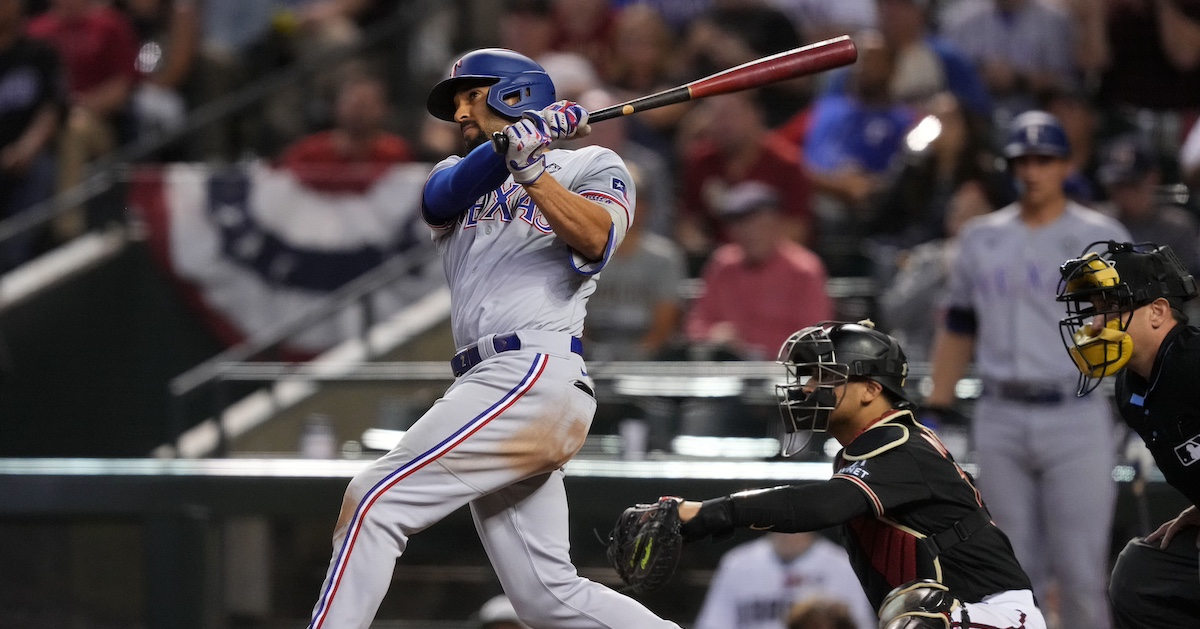Direct Links (Please see full job postings below):
Software Engineer
Data Engineer
Software Engineer, Baseball Systems
DEPARTMENT: Baseball Operations: Research & Development – Baseball Systems
REPORTS TO: Director, Baseball Systems
FLSA STATUS: Exempt
Description:
The Chicago Cubs Baseball Systems Department is seeking to potentially fill a Baseball Systems Software Engineer position. We are a department focused on creating innovative software tools and data solutions that directly impact all facets of baseball operations and are used by scouts, coaches, players, player development staff, and the baseball operations front office. This role will focus on the development and maintenance of those systems, including creating web interfaces and web tools for the user interface; assisting in mobile application development; and building automated ETL processes which feed it.
Responsibilities:
-
Assist in the design and implementation of web interfaces for the Baseball Ops information system
-
Assist with building data visualizations for baseball users
-
Develop and maintain ETL processes for loading, processing, and quality-checking new data sources
-
Build and/or support mobile-friendly user interfaces and experiences
-
Build and/or support web services and business-layer applications that speak to both back-end databases and front-end interfaces
-
Provide development support and guidance to Baseball Operations power users and general support to all Baseball Operations front-office and field personnel, as needed
-
Examine, and where appropriate, prototype new technologies in the pursuit of creating competitive advantages through software, applications, and tools
Required Qualifications:
-
Bachelor’s degree in Computer Science, Engineering or Related Subjects
-
Experience with modern web-development practices, including HTML/CSS and/or front-end Javascript frameworks such as ReactJS, Angular or Vue
-
Expertise in Python, Java, C# or a similar language
-
Expertise with modern database technologies and SQL
-
Excellent written and verbal communication skills
Desired Qualifications:
-
Experience in building and deploying cloud technologies (e.g., AWS, GCP, Azure, etc.)
-
Experience in DevOps practices, including CI/CD, automated testing, and infrastructure as code
-
Experience building web or native applications for mobile devices
-
Experience building and supporting ETL processes
-
Working knowledge of advanced baseball statistics and sabermetric concepts
Response Expectations:
Due to the overwhelming number of applications we receive, we unfortunately may not be able to respond in person to each applicant. However, we can assure you that you will receive an email confirmation when you apply as well as additional email notifications whether you are selected to move forward for the position or not. Please note, we keep all resumes on file and will contact you should we wish to schedule an interview with you.
To Apply:
To apply, please follow this link.
Data Engineer, Baseball Systems
DEPARTMENT: Baseball Operations: Research & Development – Baseball Systems
REPORTS TO: Director, Baseball Systems
FLSA STATUS: Exempt
Description:
The Chicago Cubs Baseball Systems Department is seeking to potentially fill a Baseball Systems Data Engineer position. We are a department focused on creating innovative software tools and data solutions that directly impact all facets of baseball operations and are used by scouts, coaches, players, player development staff, and the baseball operations front office. This role will focus on the import and maintenance of the Chicago Cubs baseball information system data warehouse, including building automated ETL processes which feed it; maintaining back-end databases; automating data quality checks; and troubleshooting data source issues.
Responsibilities:
-
Develop and maintain ETL processes for loading and processing new data sources
-
Create automated processes to identify data integrity problems
-
Diagnose and resolve data source issues
Required Qualifications:
-
Bachelor’s degree in Computer Science, Engineering or Related Subjects
-
Expertise with modern database technologies and SQL
-
Expertise in Python, Java, C# or a similar language
-
Excellent written and verbal communication skills
-
High level of attention to detail
Desired Qualifications:
-
Experience building and supporting ETL processes
-
Experience with Airflow or related scheduling tools
-
Experience working in a Linux environment
-
Experience working with cloud-based computing
-
Working knowledge of advanced baseball statistics and sabermetric concepts
-
Knowledge of statistical concepts
Response Expectations:
Due to the overwhelming number of applications we receive, we unfortunately may not be able to respond in person to each applicant. However, we can assure you that you will receive an email confirmation when you apply as well as additional email notifications whether you are selected to move forward for the position or not. Please note, we keep all resumes on file and will contact you should we wish to schedule an interview with you.
To Apply:
To apply, please follow this link.
The content in this posting was created and provided solely by the Chicago Cubs.








